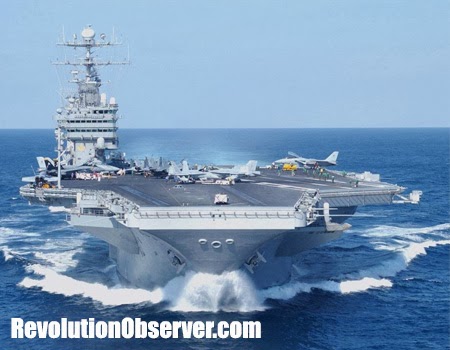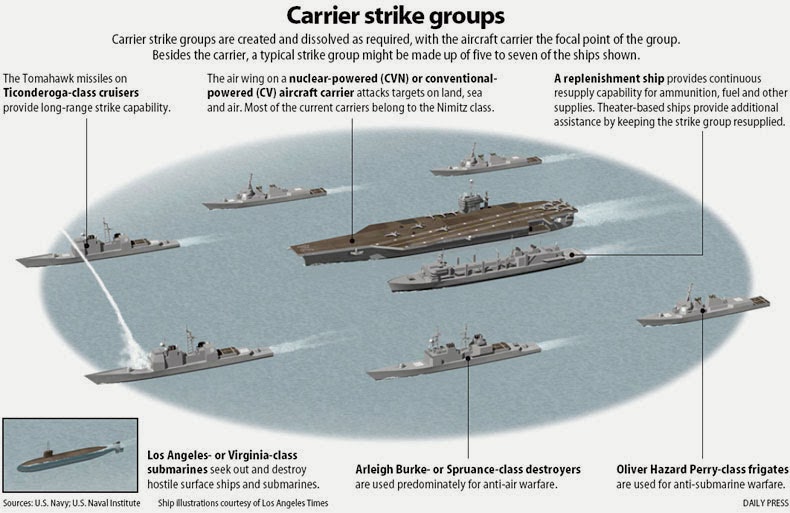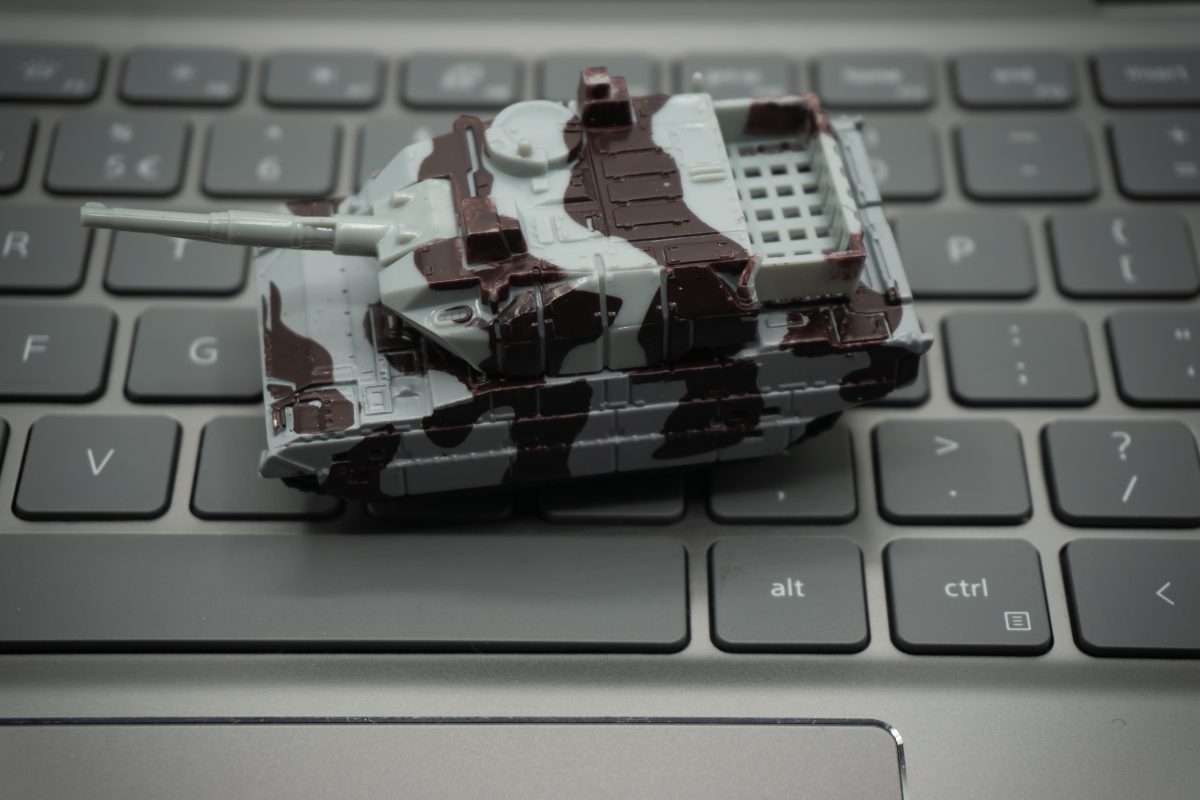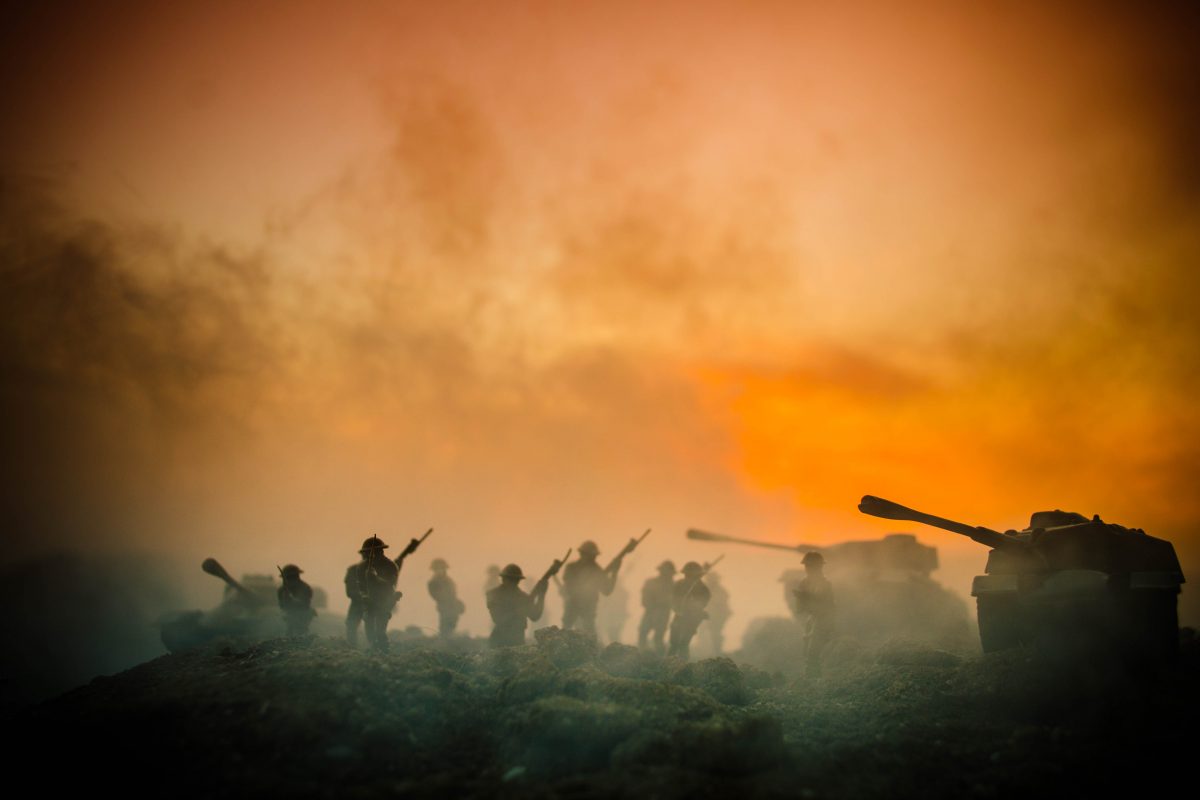By Bilal Khan
If there is a piece of military equipment that clearly cements the rise of a major power, it is an aircraft carrier. Amongst the largest and heaviest ships for the navies that possess them, aircraft carriers are long-range vessels that can carry, arm, launch and recover aircraft. There are multiple types of aircraft carriers, some specializing in exclusively carrying helicopters, and others capable of operating fighter aircraft. The latter (i.e. fighter-capable carriers) are of particular interest since they are larger and more complex designs but more importantly, demonstrate a country’s capacity and willingness to militarily pursue cross-regional and global interests.
The handful of countries that operate fighter-capable aircraft carriers include the United States, the United Kingdom, France, Russia, China, India, Italy and Brazil. The US is the largest and most powerful operator by a very wide-margin. It possesses a fleet of 10 active Nimitz Class carriers, each weighing roughly 100,000 tons and powered by two nuclear reactors and housing close to 90 aircraft of multiple types, the most numerous being fighters (i.e. F/A-18 Hornets).[1] Put into perspective, a single Nimitz Class carrier has more military aircraft than most individual countries.[2]
 Aircraft carriers have played an integral role in all of America’s major military offensives around the world, especially in its invasions of Afghanistan and Iraq in 2001 and 2003, respectively. From a strategic standpoint, aircraft carriers offer countries the capability to deploy fighter aircraft to distant lands without the need of having nearby air bases (in the short-term). Aircraft carriers have allowed the US to respond to matters of major military interest within a relatively short period of time, requiring days and weeks as opposed to months of mobilization. For example, the USS Carl Vinson was deployed for combat against Afghanistan only a month after the September 11th attacks.[3]
Aircraft carriers have played an integral role in all of America’s major military offensives around the world, especially in its invasions of Afghanistan and Iraq in 2001 and 2003, respectively. From a strategic standpoint, aircraft carriers offer countries the capability to deploy fighter aircraft to distant lands without the need of having nearby air bases (in the short-term). Aircraft carriers have allowed the US to respond to matters of major military interest within a relatively short period of time, requiring days and weeks as opposed to months of mobilization. For example, the USS Carl Vinson was deployed for combat against Afghanistan only a month after the September 11th attacks.[3]
This level of capability does come at an immense financial cost. Fighter-capable carriers themselves are expensive ships, typically starting from $2bn for India[4] and reaching up to $13bn per vessel for the US.[5] Moreover, given their specialized nature, carriers do not travel the oceans on their own but as a constituent part of a Carrier Strike Group (CSG). They must be protected by a fleet consisting of anti-ship, anti-submarine and anti-air capable ships such as frigates and destroyers. Such fleets must be supported by auxiliary and re-supply vessels. Thus, a single carrier-fleet would cost a country tens of billions of dollars at the minimum to simply acquire, let alone maintain and upgrade.
The costly nature of building and maintaining a carrier fleet has not gone unnoticed, even in the United States. Captain Henry Hendrix of the U.S Navy argued that the value of conventional aircraft carriers (such as the Nimitz and the latest USS Gerald R. Ford) has diminished and continues to diminish in light of modern weapon-systems such as long-range anti-ship missiles, satellite imagery and smaller, but faster, ships (such as missile boats).[6] Hendrix argues that an evolution of carriers involving the development of amphibious assault ships capable of operating unmanned aircraft (instead of committed carriers) is necessary in order to control costs, increase survivability and maintain the lethality of American naval fleets. Nonetheless, the necessity of maintaining capable aircraft assets from the open seas is still recognized.
Ships of this nature (conventional carriers or amphibious carriers) are characteristic of “blue-water” navies, i.e. navies capable of operating in the open seas and long-distances away from the homeland. Only three countries have fully realized blue-water navies, the US, Britain and France. Russia, China, India, Japan and South Korea are in the process of building-up to that status, with China and India in the process of commissioning new fighter-equipped carriers.
China: The PLA Navy’s Liaoningis a refurbished and modernized Admiral Kuznetsov Class carrier acquired from Russia. The near-60,000 ton Liaoning is China’s first fully operational aircraft carrier and it is equipped with J-15 (indigenized variation of the Russian Su-27) fighters. China is currently in the process of constructing a second, but larger, aircraft carrier of an indigenous design.[7]
India: The Indian Navy recently commissioned the INS Vikramaditya, a refurbished and modernized Russian aircraft carrier (i.e. Kiev Class – Admiral Gorshkov). The 45,000 ton carrier is equipped with 24 MiG-29 fighters alongside 10 helicopters. The Vikramadityawill be augmented by two indigenously built carriers of the Vikrant Class, the first of which (Vikrant) was recently launched and expected to enter service with the Indian Navy in 2016-2017.[8]
There are three observable characteristics of countries possessing blue-water navies with fighter-equipped aircraft carriers. First, they are powers with global and/or cross-regional interests of vital military importance. The United States is the most obvious example with regards to its invasions of Iraq and Afghanistan but also its naval presence in the Far East, a move aimed at containing China.
Second, these capabilities are homegrown, i.e. the country in question must possess and use extensive industrial prowess in order to acquire a fully-capable blue-water fleet. While it is true that China and India’s current carriers are modernized Russian platforms, the two countries are heavily engaged in building indigenous designs.
Third, countries with blue-water navies are not defensive in posture. The US and UK view themselves as players of matters beyond their borders and immediate surroundings. They are ‘outward facing’ states who use their naval capabilities to assert their interests and to control the affairs of other states and regions. The broader its vision, the more powerful the country’s naval capabilities. Thus, we see the United States as the dominant naval power in the world.
Not a single country in the Muslim world possesses an aircraft carrier nor is anywhere near having the industrial capacity to build one that is comparable to the ones under construction in India (much less the United States). Turkey is the only Muslim country to possess a partial blue-water navy, and it is the closest (and likeliest) from amongst the powers in the Muslim world to build or acquire a carrier. Nonetheless, this is but one example (among many) as to how the governments ruling the Muslim world are neither interested nor capable of facing outward. They are incapable of managing the issues that require their attention, and thus the Muslim world will remain an object for others to shape as opposed to a proactive power.
[2]http://www.flightglobal.com/blogs/the-dewline/2012/12/free-download-world-air-forces
[4]http://www.theguardian.com/world/2013/nov/16/india-aircraft-carrier-russia-rivalry-china
[7]http://www.reuters.com/article/2013/04/24/us-china-navy-carrier-idUSBRE93N00Q20130424






